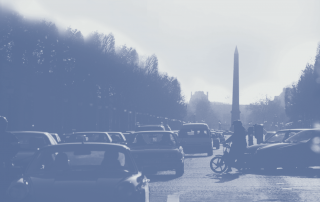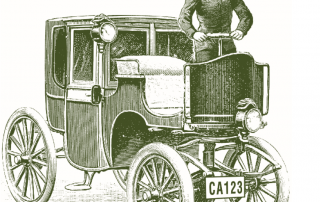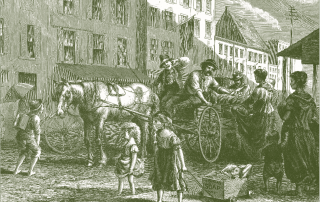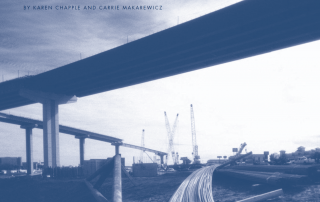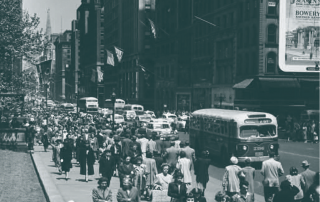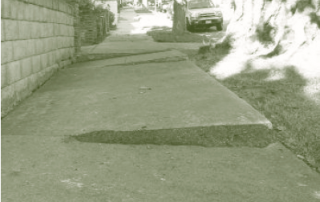ACCESS 36, Spring 2010
Introduction
Robert Cervero
and
Karen Trapenberg Frick
For over 20 years, researchers at the University of California Transportation Center have asked hard questions and used the answers to help guide public policy. From its beginning, UCTC’s core research theme has focused on tying together transportation systems analysis and policy. We do this by funding research, graduate and undergraduate education, and special studies for federal, state and local governments. We also support events that bring together professionals, researchers, and students to confront key issues and identify emerging areas of interest. Our activities are made possible through generous grants from the US Department of Transportation and Caltrans.

